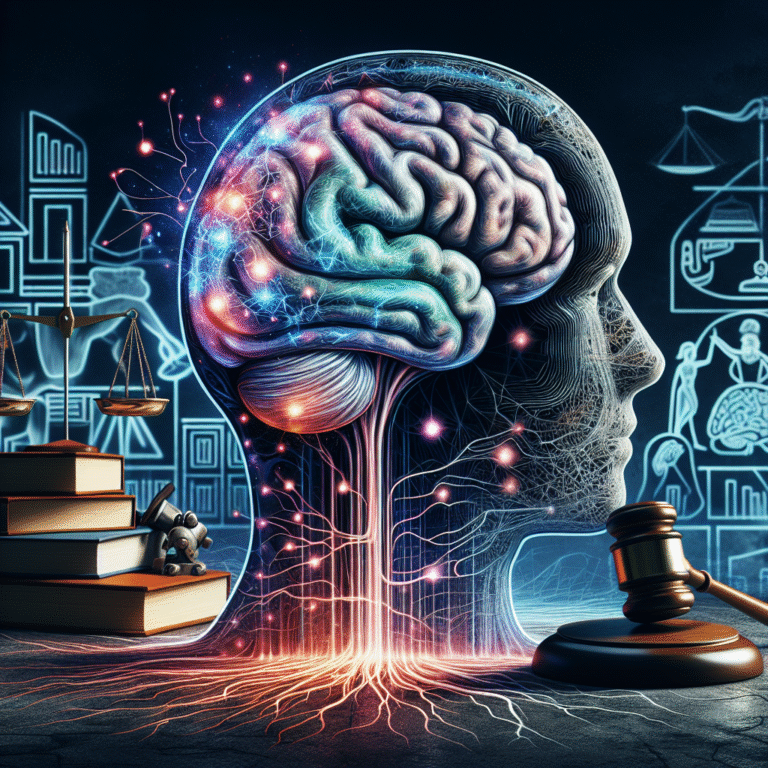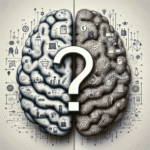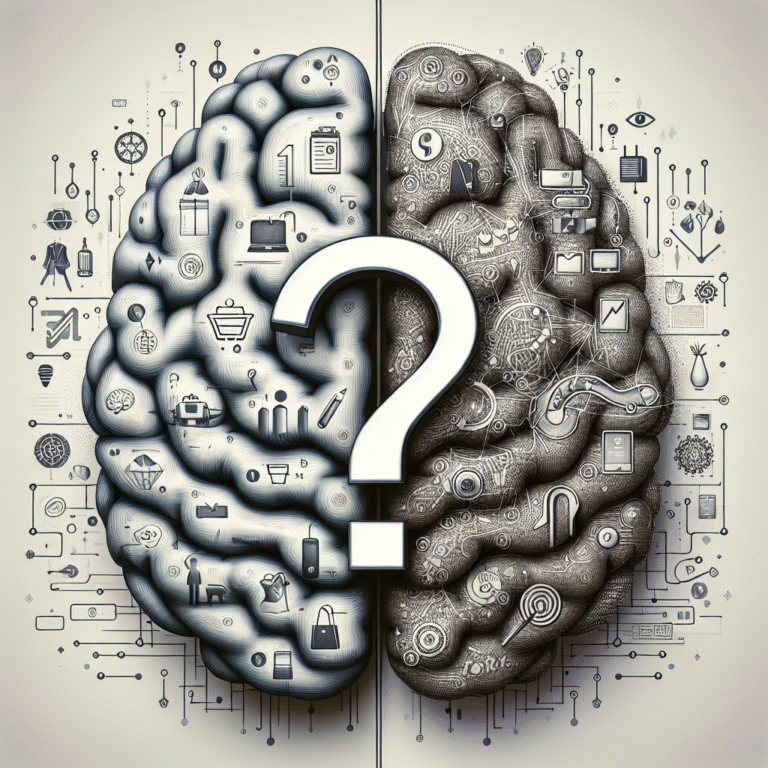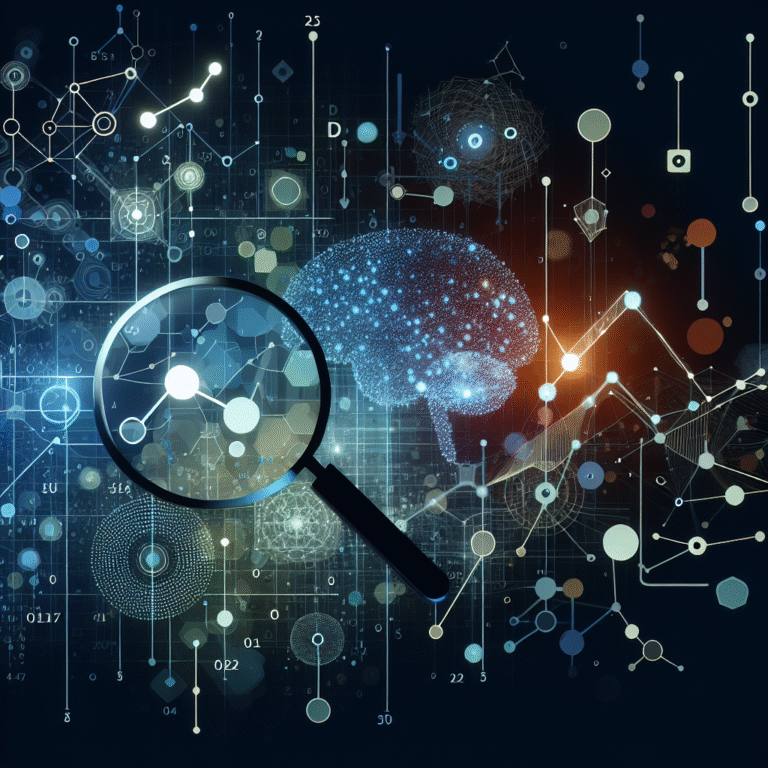
Introduction
Imagine a world where detectives not only analyze physical evidence but also delve into the intricate neural pathways of the human brain to solve crimes. Welcome to the revolutionary domain of forensic neuroimaging—a burgeoning field that is transforming criminal investigations and offering insights into the human mind like never before. Unraveling the Mind: The Role of Forensic Neuroimaging in Modern Criminal Investigations highlights crucial advancements that promise to illuminate the dark corners of criminal behavior. As technology continues to evolve, law enforcement has the unique opportunity to leverage neuroimaging tools, gaining a deeper understanding of suspects, victims, and witnesses.
The intriguing possibility of seeing into the mind, where thoughts, motives, and hidden actions reside, is no longer confined to the realm of science fiction. Rather, it is a burgeoning area of study that equips investigators with the necessary tools to revolutionize traditional methods. This article explores the principles, applications, and ethical considerations of forensic neuroimaging, while also highlighting notable case studies that underscore its relevance in real-world scenarios.
Understanding Forensic Neuroimaging
What is Forensic Neuroimaging?
Forensic neuroimaging refers to the use of advanced imaging techniques—such as functional magnetic resonance imaging (fMRI) and positron emission tomography (PET)—to visualize and analyze brain activity. These techniques allow us to observe how different parts of the brain function during various cognitive tasks, such as reasoning, decision-making, and emotional responses.
Key Technologies in Forensic Neuroimaging
-
Functional Magnetic Resonance Imaging (fMRI): This technique measures brain activity by detecting changes in blood flow. High-resolution images can identify which areas of the brain are active when a person is engaged in specific cognitive or emotional activities.
-
Positron Emission Tomography (PET): PET uses radioactive tracers to assess metabolic processes in the brain. While not as precise as fMRI, PET scans provide insights into how brain chemistry affects behavior.
- Electroencephalography (EEG): This method records electrical activity in the brain and can be used to identify abnormal patterns associated with certain neurological conditions.
Neuroimaging and Criminal Behavior
Understanding that the human brain is the epicenter of thoughts, feelings, and actions is vital in criminal investigations. By employing forensic neuroimaging, investigators can:
- Identify Deceptive Behavior: Neuroimaging tools can detect brain patterns associated with lying, potentially aiding in interrogations and witness testimonies.
- Assess Competency: In legal cases, it is crucial to evaluate whether a defendant possesses the cognitive capacity to understand their actions. Neuroimaging can provide objective data for legal assessments.
- Reveal Intent: By examining brain activity associated with planning and forethought, investigators can gain insights into a suspect’s intentions during a crime.
The Applications of Forensic Neuroimaging in Criminal Investigations
Case Study 1: The Murder of a Family in Chicago
In a tragic case involving the brutal murder of an entire family in Chicago, investigators struggled to identify a suspect. However, an innovative approach using fMRI allowed the authorities to examine the brain activity of several key witnesses.
After much deliberation, one witness, who showed signs of distress and inconsistent statements during interviews, underwent neuroimaging. The fMRI scan revealed heightened activity in areas associated with deception. This critical insight ultimately led to the arrest of the actual perpetrator, illustrating how forensic neuroimaging can illuminate the complexities of human behavior in criminal investigations.
Analysis: This case underscores the role of forensic neuroimaging in enhancing interrogation techniques and establishing credibility in witness testimonies.
Case Study 2: Assessing Criminal Responsibility
In a high-profile case where the defendant claimed amnesia for their violent actions, forensic neuroimaging played a crucial role in determining their mental state. Using PET scans, forensic psychologists assessed brain function and discovered abnormal activity patterns in regions responsible for memory and decision-making.
This evidence helped the court to understand that, despite the defendant’s claims, their cognitive processes were intact at the time of the crime. Consequently, the jury was able to make a more informed decision regarding the defendant’s responsibility.
Analysis: This scenario illustrates the importance of forensic neuroimaging in legal assessments of competency and culpability.
Case Study 3: The Influence of Emotion on Crime
Emotional triggers are significant factors in criminal behavior. A research team used fMRI to investigate the brain responses of a suspect charged with violent behavior under emotionally charged circumstances. The scans showed heightened activity in the amygdala—an area of the brain linked to fear and aggression.
With this understanding, the investigators debated whether to pursue a charge of manslaughter instead of murder, arguing that the defendant’s actions were influenced by a provoked emotional state.
Analysis: This demonstrates the potential of forensic neuroimaging to shift the legal perspective on emotional responses, allowing the legal system to better understand the nuances of human behavior.
Ethical Considerations
As we delve deeper into the realm of Unraveling the Mind: The Role of Forensic Neuroimaging in Modern Criminal Investigations, ethical concerns emerge. The use of neuroimaging technologies in legal contexts raises questions about:
- Privacy: Obtaining brain scans may invade personal privacy, raising concerns about the right to refuse such procedures.
- Misinterpretation of Data: The complex nature of brain imaging data necessitates expert interpretation. Misinterpretations can lead to false conclusions and wrongful convictions.
- Cognitive Liberty: The right to control one’s own mental processes is a significant concern. There is a risk of coercion in cases where individuals may be pressured to undergo neuroimaging.
Enhancing Validity and Reliability
Challenges in Forensic Neuroimaging
Despite the promise of forensic neuroimaging, several challenges hinder its seamless integration into criminal investigations:
- Variability in Brain Function: Individual differences in brain structure and function complicate the interpretation of imaging data.
- False Positives: The risk of misclassifying normal brain activity as indicative of criminal behavior can lead to serious legal ramifications.
- Limited Understanding of Brain Function: Our understanding of the brain, while advancing, is still incomplete. It is critical to remain cautious about the conclusions drawn from neuroimaging data.
Validating Use in the Legal System
To enhance the reliability of forensic neuroimaging, researchers recommend:
- Standardized Protocols: Developing universally accepted standards for conducting and interpreting neuroimaging studies would bolster their credibility in court.
- Cross-disciplinary Collaboration: Engaging neuroscientists, legal experts, and psychologists will lead to more nuanced understandings of how to interpret neuroimaging data in a legal context.
- Public Awareness: Educating law enforcement and legal professionals about the capabilities and limitations of neuroimaging technologies will facilitate rights-respecting practices.
Conclusion
The evolution of forensic neuroimaging stands at the intersection of law, psychology, and technology. As we have explored throughout Unraveling the Mind: The Role of Forensic Neuroimaging in Modern Criminal Investigations, the potential applications of this technology are profound and multifaceted. From enhancing interrogation techniques to understanding the cognitive underpinnings of criminal behavior, forensic neuroimaging presents opportunities for innovation in the field of criminal justice.
While embracing this transformative approach, it is crucial to navigate its ethical challenges with care. This multi-faceted perspective offers not only the promise of advancing legal practices but also the responsibility of ensuring justice is served fairly and compassionately.
FAQs
-
What is forensic neuroimaging?
- Forensic neuroimaging involves using brain imaging techniques, such as fMRI and PET, to analyze the brain’s structure and activity in relation to criminal behavior and legal assessments.
-
How can forensic neuroimaging help in criminal investigations?
- It can help identify deceptive behavior, assess a defendant’s competency, and reveal the intent behind criminal acts.
-
Are there ethical concerns surrounding forensic neuroimaging?
- Yes, concerns include privacy invasion, risk of misinterpretation, and the possibility of coercion in obtaining brain scans.
-
Can forensic neuroimaging be used as evidence in court?
- While promising, its admissibility and interpretation still depend on established protocols and guidelines within the legal system.
- What are the limitations of forensic neuroimaging?
- Limitations include variability in individual brain function, potential for false positives, and an incomplete understanding of brain processes.
As we continue to explore the profound implications of forensic neuroimaging, the journey to unraveling the complexities of the human mind remains as vital as ever, shaping the future of modern criminal investigations.


















